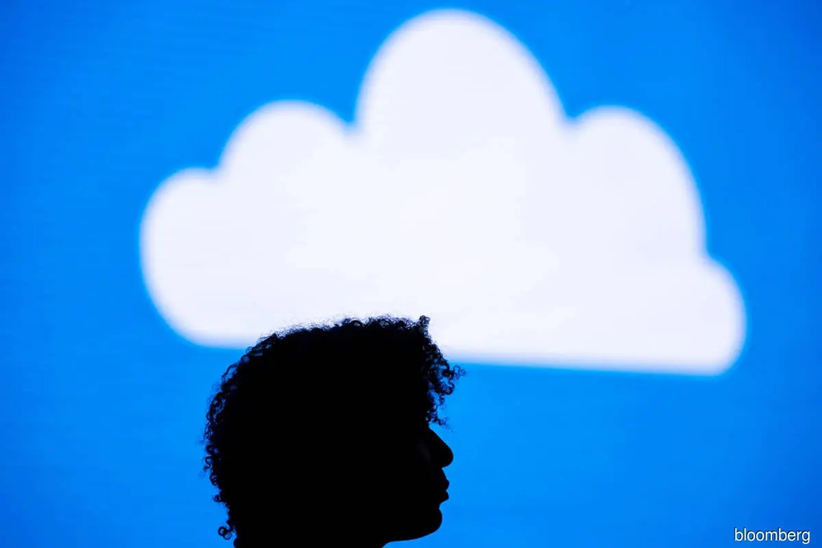Connecting through the Cloud
- Automate Asia Magazine

- Jan 25, 2024
- 2 min read
Connected devices have been around decades, and with the birth of the internet, it gave it a scale never before seen. Thus, the Internet of Things (IoT) was born, said Yasser Alsaied, the vice-president and head of IoT at Amazon Web Services (AWS).
The emergence of cloud computing enables the utilisation of data to subsequently build value from the collected data and see the bigger picture.
“The cloud allows the customer to think big of how much value they can use the data for. They can store the data, they can analyse the data using our tools, and they can make a decision. They [can] make a decision using analytics, or generative artificial intelligence (AI) could [provide] them with synthetic data of what would happen,” said Alsaied.
What the cloud does is to open the possibilities of the usage of data to bring value to the customer, noted Alsaied. This is because the use of technologies like generative AI is extremely hard to do on a device, due to the amount of memory and processing it requires.
Generative AI is based on foundation models, which are dependent on data. The fabric of the millions of IoT devices which Alsaied calls “harvesters of data” is what the generative AI bases its knowledge on.
If the information technology (IT) department feeds the model with data collected from different sources such as cameras, controllers and other moving assets, this ongoing supply of information allows the generative AI to be smarter, explained Alsaied.
“The way we do it in AWS is when a company decides to utilise our tools and our applications for generative AI, they have their private secure area to build their foundation models with what fits them,” said Alsaied.
For example, AWS IoT FleetWise enables customers to collect metadata, the object list and detection data, and images or videos from camera, lidar, radar and other vision sub-systems.
AWS IoT FleetWise will keep both structured and unstructured vision system data, metadata and telemetry data synchronised in the cloud. This makes it easier for customers to assemble a full picture view of events and gain insights.
Another example is AWS IoT SiteWise that makes it simpler to collect, organise and analyse data from industrial equipment at scale. This allows customers to make data-driven decisions.
“In the future, I see the physical and digital worlds coming closer together, and merge to create an economy for start-ups and innovators to build the little bridges that are needed in this industry,” said Alsaied.
Source: theedgemalaysia.com





-01.jpg)



